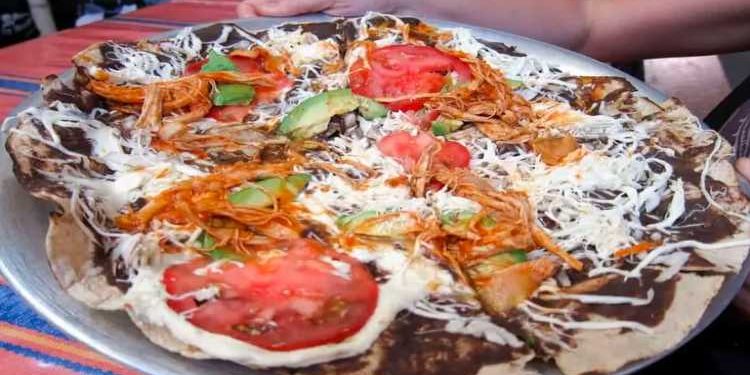If you are looking for an Oaxaca Food: A Culinary Travel Guide, I am sure that you have already tried the delicious foods that make this Mexican region so famous. The region is well known for its fabulous spices and fresh fruits and vegetables. The history of Mexican cuisine is very long but the food of Mexico has been influenced by many different cultures, including those of Central America and the Caribbean. The methods used to cook food in Mexico may have been influenced by the Spanish as well.
The first section of the guide covers the history of Mexican cuisine. It describes the origin of mezcal which is a dried fruit made from the seeds of an acacia tree. According to Aztecs and other cultures of Central America, the Anacapa (the Spanish word for mezcal) was used for medicinal purposes. Aztec legend tells us that drinking mezcal water at least eight hours before a feast was a symbol of wealth and prosperity.
Meals were not solely comprised of fruits and vegetables, though they were certainly very important in the diet of the Aztecs. Aztec culture was a very unique culture in the early days of their country. They consumed a wide range of traditional dishes that varied according to region, tribe, and lifestyle. This article has been intended to give you an estimated reading time for some common Mexican dishes.
It would be good if you could spend a night or two at an authentic Mexican restaurant before you read this Mexican food guide. Let’s get started with the most famous dish in Oaxaca: the enchilada. The enchilada is a large, moist corn tortilla that originated in the state of Puebla. Traditionally made with masa dough (which is wheat dough), the enchilada was eaten with hot peppers, juice from the lime, and salt. It is today available in almost every Mexican restaurant.
One of the simplest Mexican dishes is called caboclo. This dish consists of black beans simmered with red wine and tomatoes in water. It is an easy-to-make soup that is enjoyed all over Mexico. You can find this dish in any of the Oaxaca food guides, but I suggest you start with the second category: the Aguas Frescas. The Aguas Fresca is a prepared fruit soup that is prepared in much the same way as the enchilada soup, using masa dough, dried red onions, pepper, salt, corn chowder mix, and pinto beans.
The third most popular Mexican dish is flautas de Pollo or Spanish for swordfish. This is fish that is cut into thin strips, cooked with tomatoes and spices. The Oaxaca culinary guide describes it as a dish prepared with small pieces of fish or shrimp wrapped around corn tortillas and steamed with fresh lemon juice. I was able to locate three different recipes for this in my research and they are all rather delicious. If you enjoy fish and seafood, chances are you will like flautas de pollo when you taste it.
In my final category, the most time-consuming and toughest dish to prepare would have to be Mexican chili. This is a beef or pork dish that is usually spiced, marinated, and then cooked in thick oil. Because it takes so long to prepare, it is traditionally prepared for special occasions such as fiestas. This is also the most expensive of all the Oaxaca foods I was able to find online. It took me about three and a half hours in total to prepare this one.
By far, my two favorite meals from the Oaxaca food guide were the black beans and rice dish and the okra dish. The black beans were my first choice because again, they take so long to prepare. The beans themselves are not huge pieces, but rather they are in the form of small packets of dried beans. These are the same kind of beans my mom uses in her famous black bean recipe every Sunday. Because they take so long to prepare, my estimated reading time for these two meals was an hour and a half.
For my next dish, I wanted to try some different styles of cheese. Since I love Mexican-flavored cheese, I knew I should make a cheese sandwich. I found recipes for a black bean and white cheese sandwich online, which was incredibly easy to make. In my research, I had also discovered that there are a couple of different ways to cook tortillas in Mexico, and those methods produce slightly different outcomes when cooked in different ovens.
My final dish was baked tilapia. Although I was not able to find the exact measurements in the Oaxaca Food: A Culinary Travel Guide, I knew it was going to be a delicious dish. I chose two pieces of white fish that I had recently caught, brought home from the beach, and prepared in my cast iron skillet. Although not the freshest fish I have ever cooked with, I was awestruck by the tenderness of the fish and the slight crunch of the spices that gave it such a unique flavor. When my estimated reading time was nearing, I took one more bite, realizing just how good this dish was!






























